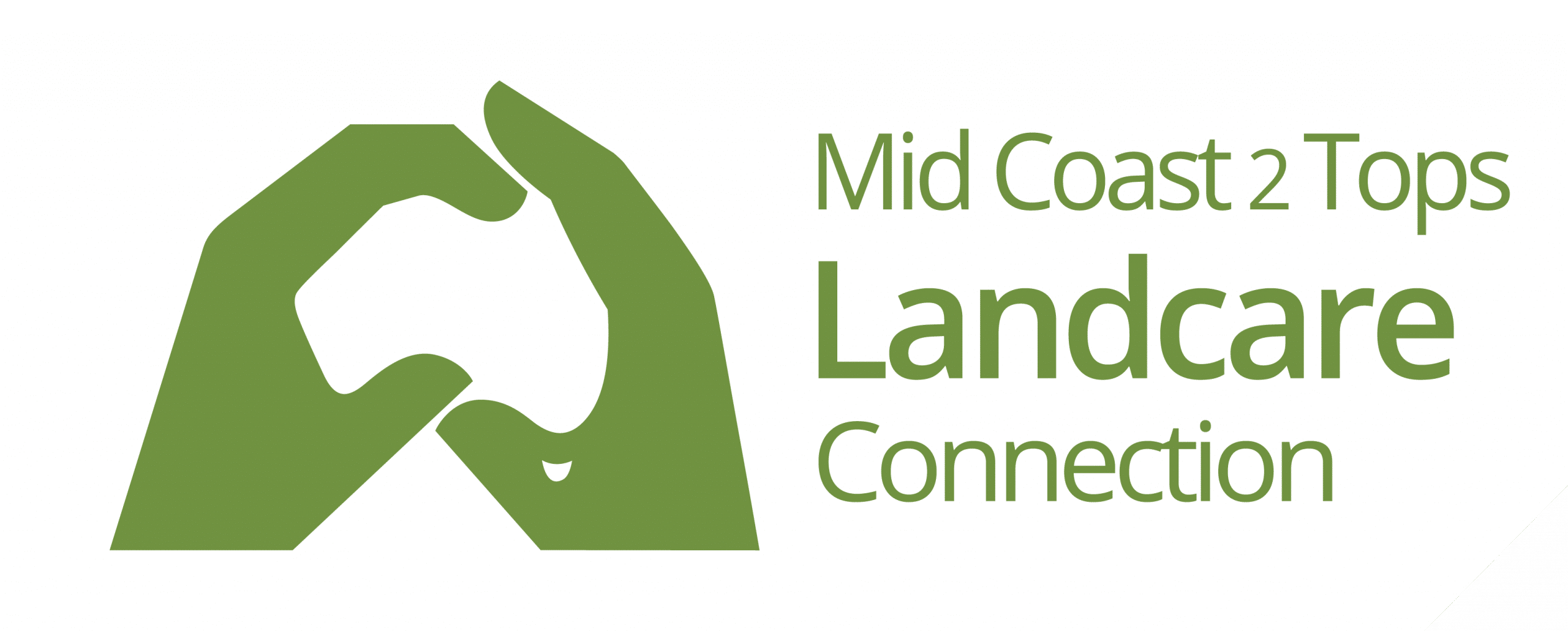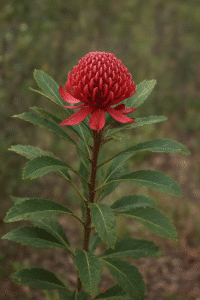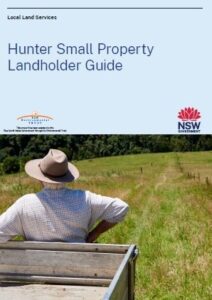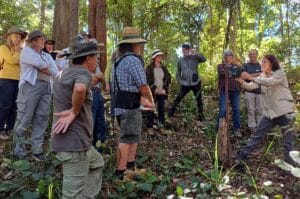Two years ago, I wrote to share the news that I had been selected as one of only 100 women worldwide to join Homeward Bound’s 8th cohort, a global leadership program for women and non-binary people in STEMM. At the time, I was seeking support—both financial and moral—for what I knew would be a life-changing opportunity. Now, having completed the experience, I want to share what I learned with the community that helped make it possible.
Homeward Bound is more than a leadership program—it is a movement to build a network of women leaders who are equipped, empowered, and connected to tackle some of the greatest challenges of our time. Over the course of a year, we engaged in online leadership training, exploring everything from collaborative decision-making to systems thinking and the role of diverse leadership in addressing global poly-crises. The program culminated in a three-week voyage to Antarctica, where we put our leadership skills into practice in one of the most remote, fragile, and breathtaking places on Earth. I could tell you about the 124 extraordinary women I met—neuropsychologists, astrophysicists, doctors, marine biologists, and conservationists—each bringing their own expertise and shared concern about the decisions shaping our future. I could tell you about the collective art project I co-facilitated on board, where we created 130 illustrated postcards from Antarctica, addressed to world leaders, carrying messages of hope, urgency, and change. These postcards will soon travel the world as a touring exhibition, amplifying the voices of women in STEMM calling for action. But to truly understand what I learned, I have to describe what I saw.
On Paulet Island, I stood among 200,000 Adélie penguins, watching as thousands of birds launched themselves into the sea, the water bubbling with life. Beneath them, dense clouds of krill cast shifting shadows, disturbed only by the sudden surge of humpback whales lung-feeding just metres from shore on which I stood. As a marine ecologist, I have spent years studying the decline of ecosystems, but standing in that place, I saw what a thriving ocean should look like. It was a stark reminder that while we often focus on what has been lost, there is so much still left to protect.
On Curverville Island, I watched Gentoo penguin chicks, soft and fluffy, nestled under their parents. These birds hatch in pairs—two tiny siblings, utterly dependent on the freezing temperatures of their desert home. Then, it started to rain. Unlike snow, rain soaks through their downy coats, making them hypothermic and vulnerable. And all too suddenly the reality of “just a couple degrees” sets in. The difference between snow and rain is the difference between life and mass mortality for an entire generation of chicks. Standing there, watching the immediate effects of climate change in the most remote place on earth, settled a heartbreaking reminder; Climate change is no more a distant future threat. It is now, it is real, and we do not yet comprehend the extent of its consequences.
Yet, despite the evidence of a warming world all around me, Antarctica filled me with hope. In the face of rising temperatures and ecological collapse, this continent still holds an overwhelming sense of resilience—and so do the people working tirelessly to protect it. Seeing the abundance of life in these fragile, extreme conditions reminded me why I do the work I do, and why I believe in the power of people coming together to create change.
Beyond the wildlife, it was the human connections that made this journey unforgettable. There is something profound about standing among towering icebergs, watching a sunset that lasts for hours, and sharing conversations that stretch from science to leadership to the deeply personal. I facilitated an art project that created a space for wom*n—some of whom had never picked up a paintbrush—to express themselves creatively. The joy, gratitude, and sense of connection that emerged from these moments reaffirmed my belief that leadership is about more than just strategy—it is about humanity and creating joy even within adversity. As I return home, I carry these lessons with me. I know that not everyone will have the chance to see Antarctica firsthand, but I believe its lessons can—and must—be shared. This experience was made possible through the support of my community, and I now feel a deep responsibility to give back, to tell these stories, and to inspire action.
And as winter approaches, I eagerly await the return of our whale friends along the East Coast, just as I waved goodbye to them in November, knowing I would see them soon down south. Whales have been a guiding presence throughout my life—an annual marker of the changing seasons, a symbol of resilience, intelligence, and grace. Having now seen them thriving in their summer home, I eagerly await their next visit to our coastline, and to a future day where I can once again join them on their annual migration.
If you are part of a community group,school, or organisation interested in hearing more, I would love to share this experience with you—whether through a talk, an art project, or a conversation about how we, here in Australia, are connected to the future of Antarctica.
Antarctica may feel distant, but its future is tied to our own. What happens there will shape our climate, our oceans, our communities. We all have a role to play in protecting this extraordinary planet—and I hope to play mine by sharing what I’ve learned with you.
Jessica Leck,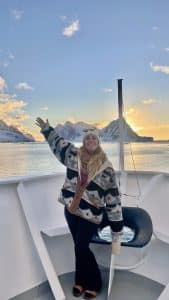
Jessica.lee.leck@gmail.com
